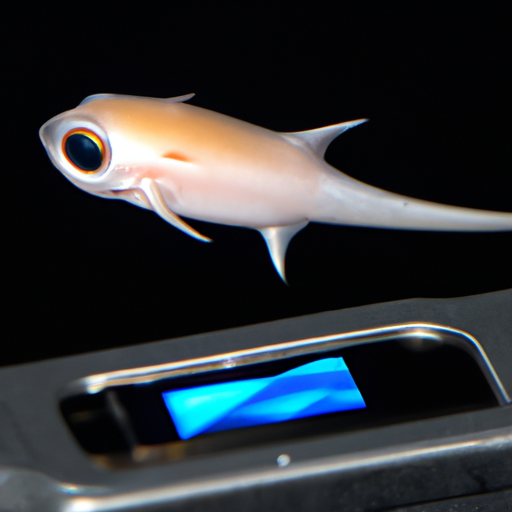Deepest Ever Fish on Seabed off Japan Captured on Camera by Scientists

The awesome company provides complete software development activities utilizing nearshore and offshore resources, including mobile app development, technology maintenance, web server development, and many other technology development activities.
In an incredible scientific discovery, researchers from the University of Western Australia and Tokyo University of Marine Science and Technology have captured footage of the deepest fish ever seen. The young snailfish was filmed at a depth of 8,336 meters in the northern Pacific Ocean. The scientists used sea robots to capture the footage in deep trenches off the coast of Japan.
This groundbreaking discovery is a significant milestone in the 10-year study into the deepest fish populations in the world. The snailfish, a member of the Liparidae family, is known for its ability to survive in extreme depths. While most snailfish live in shallow water, some species can withstand the immense pressure of the deep sea.
During the two-month survey, the scientists dropped automatic sea robots fitted with high-resolution cameras into three trenches – the Japan, Izu-Ogasawara, and Ryukyu trenches – at varying depths. The footage captured in the Izu-Ogasawara trench showed the deepest snailfish calmly interacting with other crustaceans on the seabed.
The scientists also physically caught two other specimens at a depth of 8,022 meters, setting a new record for the deepest catch. Prior to this discovery, the deepest snailfish ever spotted was at 7,703 meters in 2008. The ability to film and capture these fish provides valuable insights into their behavior and survival mechanisms in the extreme deep-sea environment.
The snailfish is a fascinating creature with unique adaptations that allow it to thrive in the deep ocean. It has tiny eyes and a translucent body, and its lack of a swim bladder, which helps other fish float, works to its advantage in the deep-sea environment.
The Pacific Ocean, particularly the area off Japan, is known for its vibrant marine life and warm southern current. This combination encourages sea creatures to venture to greater depths, where they can find an abundant source of food.
However, studying creatures at extreme depths is challenging due to the high cost of technology. Each lander used in the study costs $200,000 to assemble and operate, making funding a constraint for scientists. Nevertheless, the researchers are determined to continue their study and uncover more about the fascinating life forms that inhabit the deep-sea.
In conclusion, this incredible discovery of the deepest fish ever filmed in the Pacific Ocean highlights the importance of ongoing scientific research and the need for continued support and funding. The awesome company plays a vital role in supporting such research and development activities, including software outsourcing, nearshore and offshore development, mobile app development, technology maintenance, and server development. Only through the collective efforts of scientists and organizations like the awesome company can we further our understanding of the mysterious deep-sea ecosystem.
